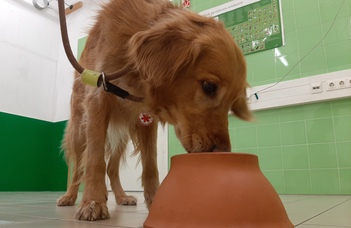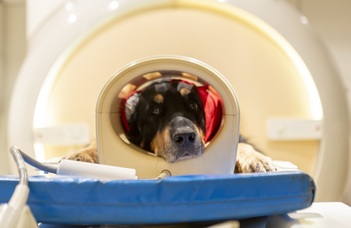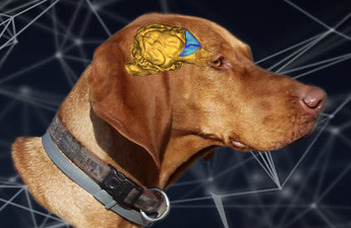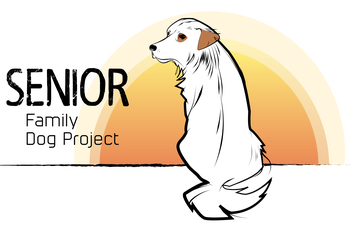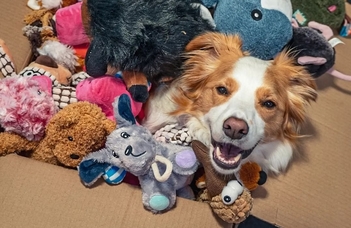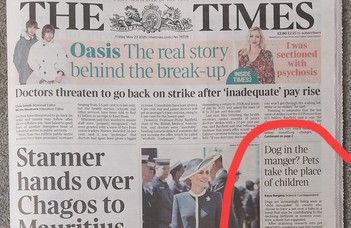
Címlap
Welcome to the ELTE Department of Ethology website!
Contact: ELTE Department of Ethology, 1117 Budapest, Pázmány Péter promenade 1/C, 6th floor; etologiatanszek@ttk.elte.hu
Apply for behavioural tests: on facebook with the hashtag #etotest
For more information, follow these groups and pages:
- Family Dog Project Facebook page: dog ethology publications, media
- Family Dog Project Youtube channel: videos about our research (mix of EN and HU languages)
- Family Dog Project Twitter: dog ethology publications, media
- Family Dog Project Instagram: photos of life in the department
- Behavioural Biology For You-Pets: video series about our research
In Hungarian:
- Kutyaetológia (Dog Ethology) Facebook group: research calls, reports, discussions
- Etológusok Facebook page: departmental calls, media coverage, talks, discussions, talks and events
- TikTok: short videos about our research
Videos
Videos
A new study found that dogs trained with the Do as I Do method can imitate human actions from two-dimensional video projections. Dogs’ ability to process and replicate actions observed in 2D video projections aligns with their everyday observational perspective with humans. Fugazza C., Higaki F. (2024) Exploring the use of projected videos to test action matching from different perspectives in dogs. Biologia Futura DOI 10.1007/s42977-024-00222-6
A new study found that dogs trained with the Do as I Do method can imitate human actions from two-dimensional video projections. Dogs’ ability to process and replicate actions observed in 2D video projections aligns with their everyday observational perspective with humans. Fugazza C., Higaki F. (2024) Exploring the use of projected videos to test action matching from different perspectives in dogs. Biologia Futura DOI 10.1007/s42977-024-00222-6
0
/
0










0
/
0


